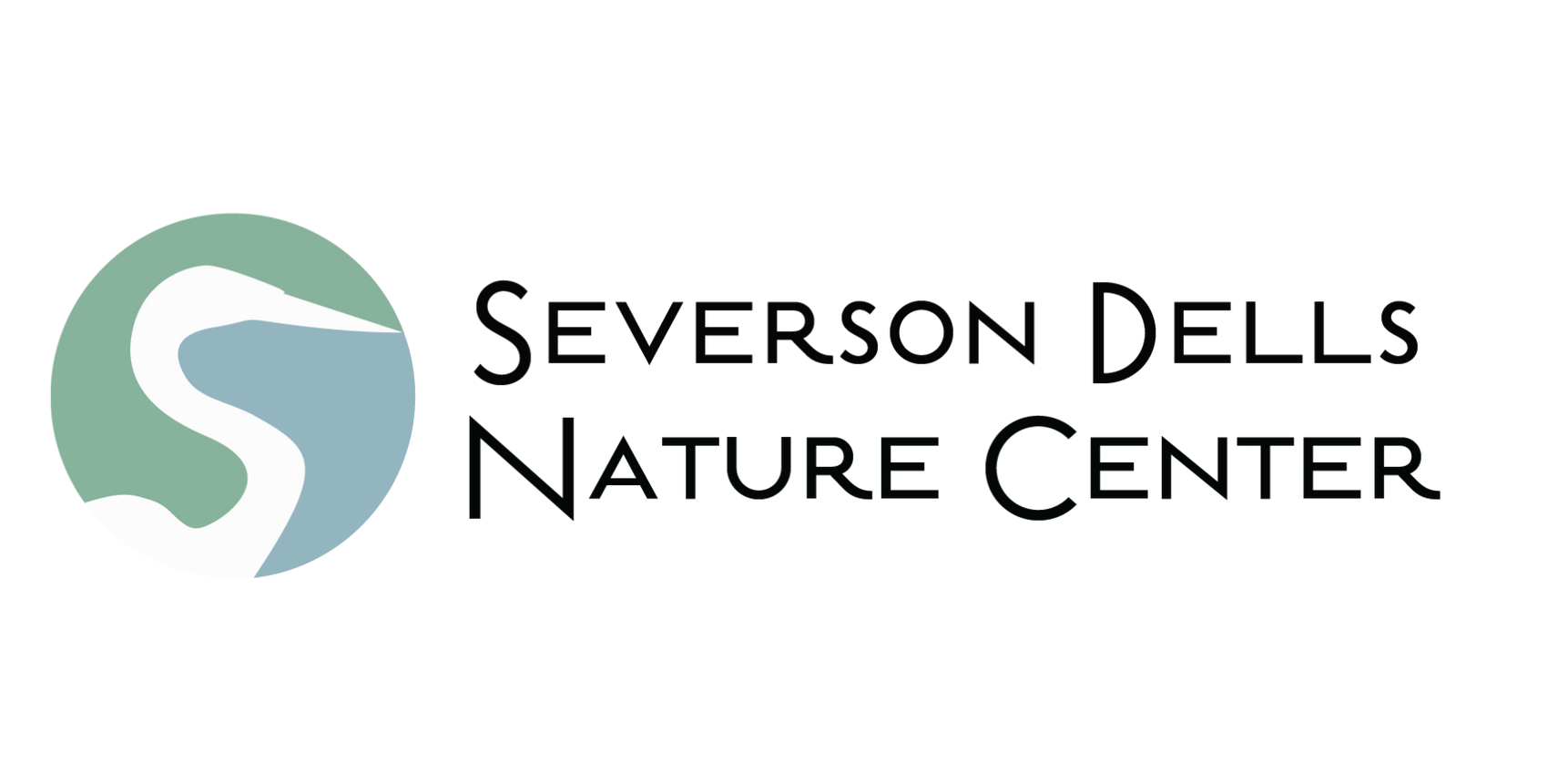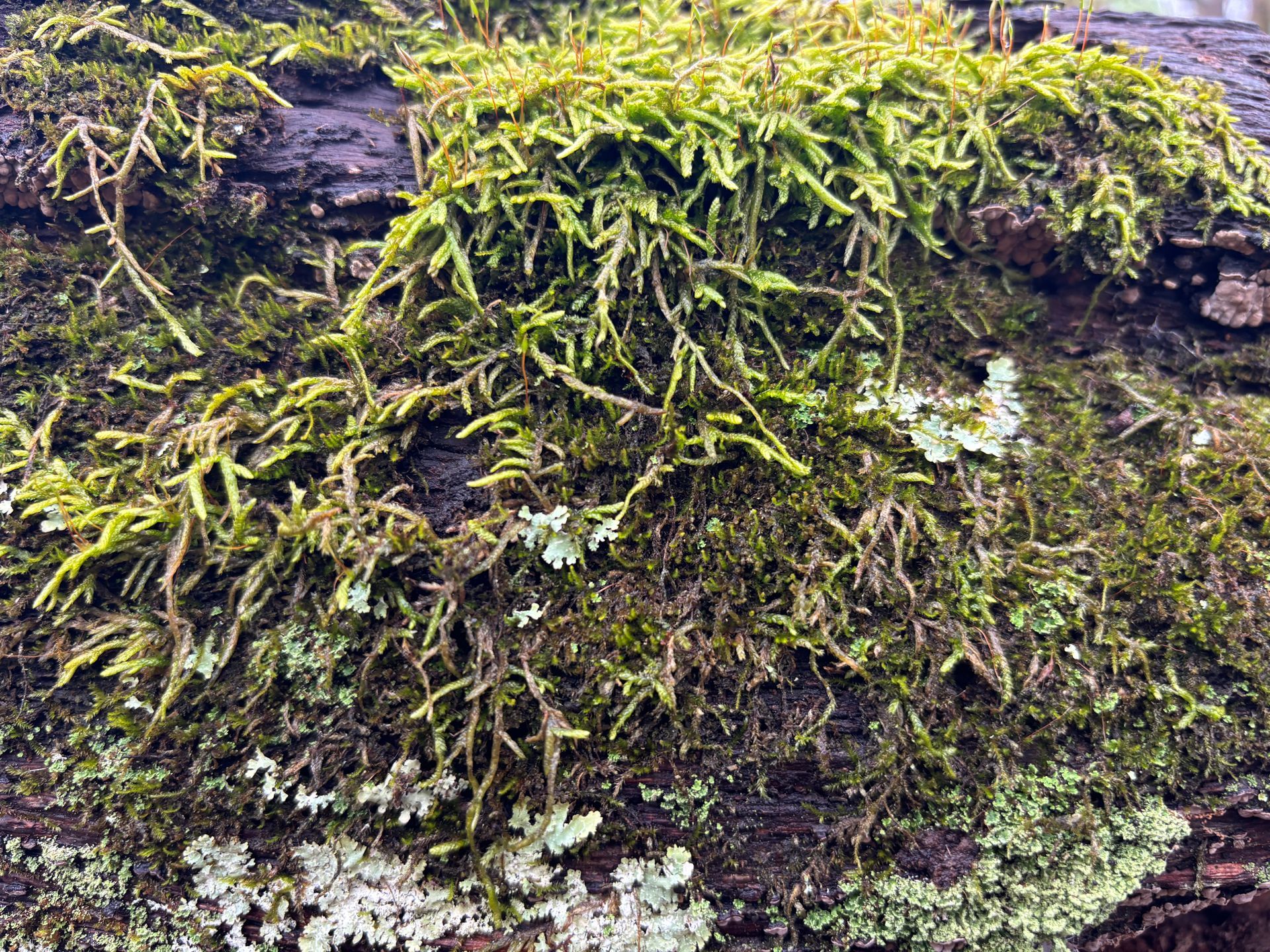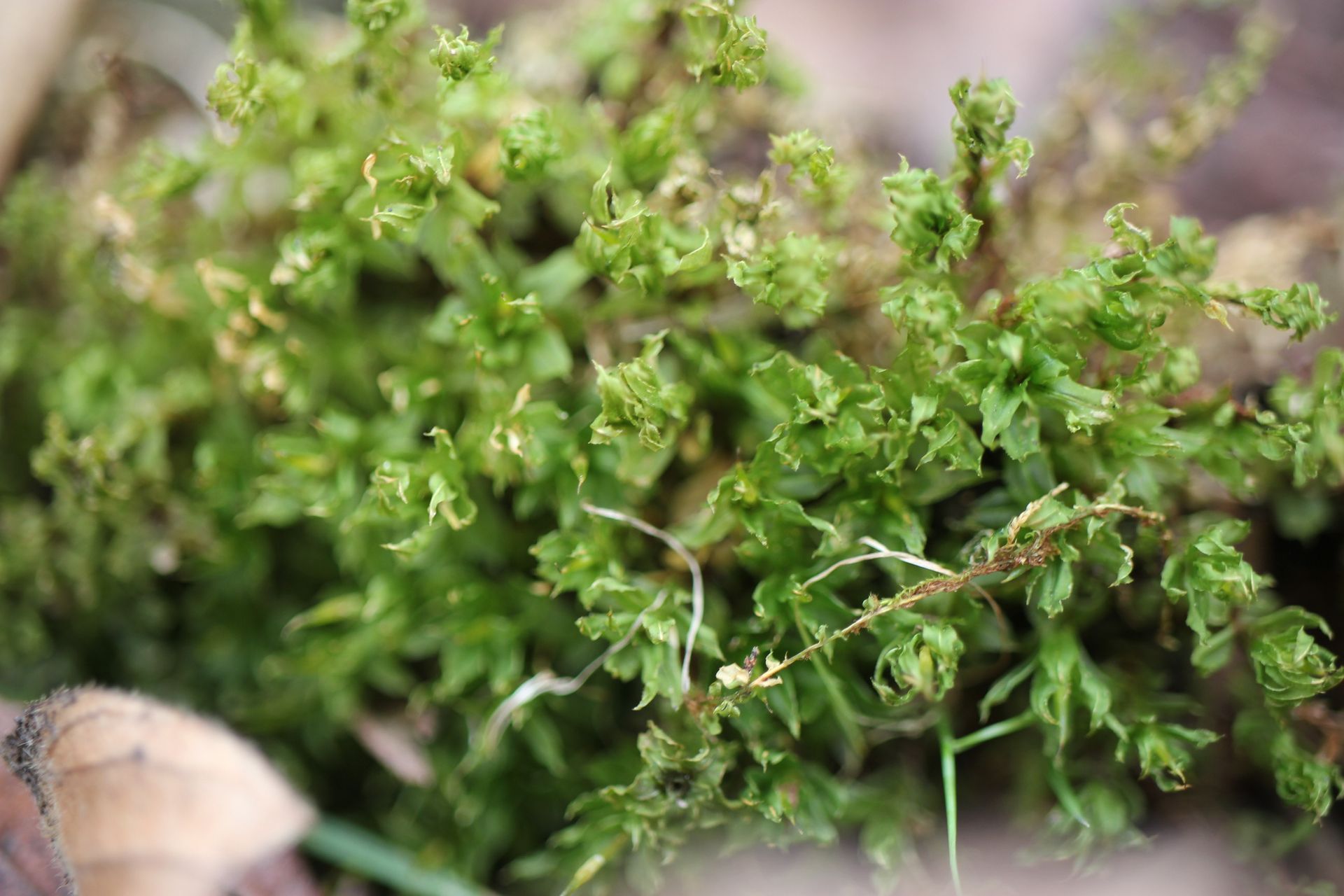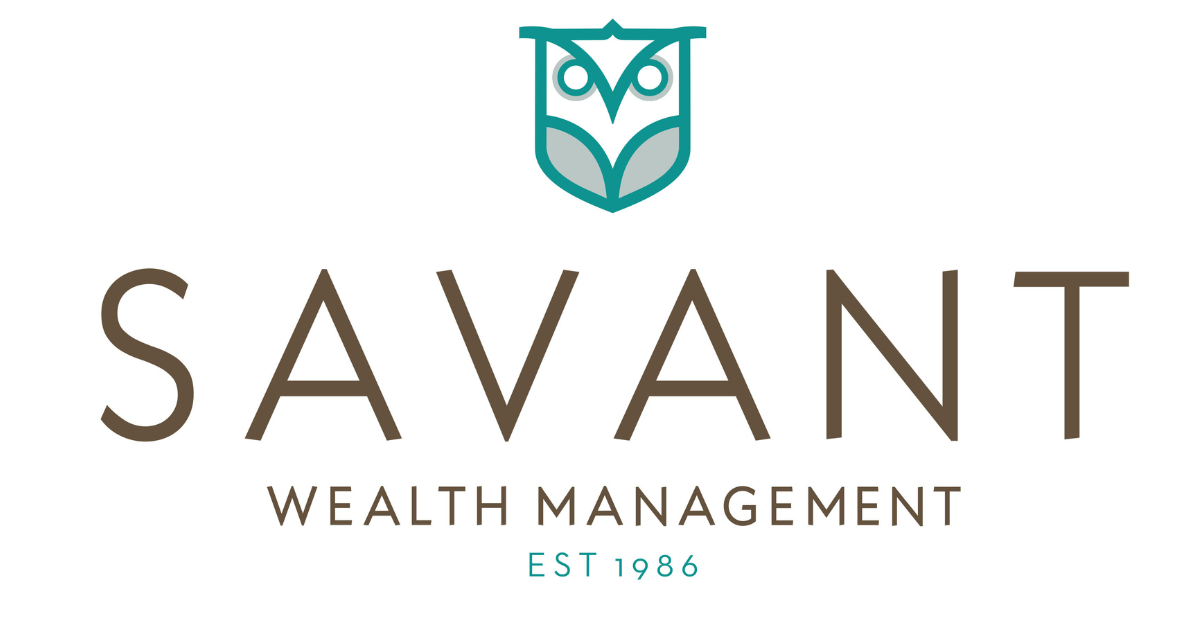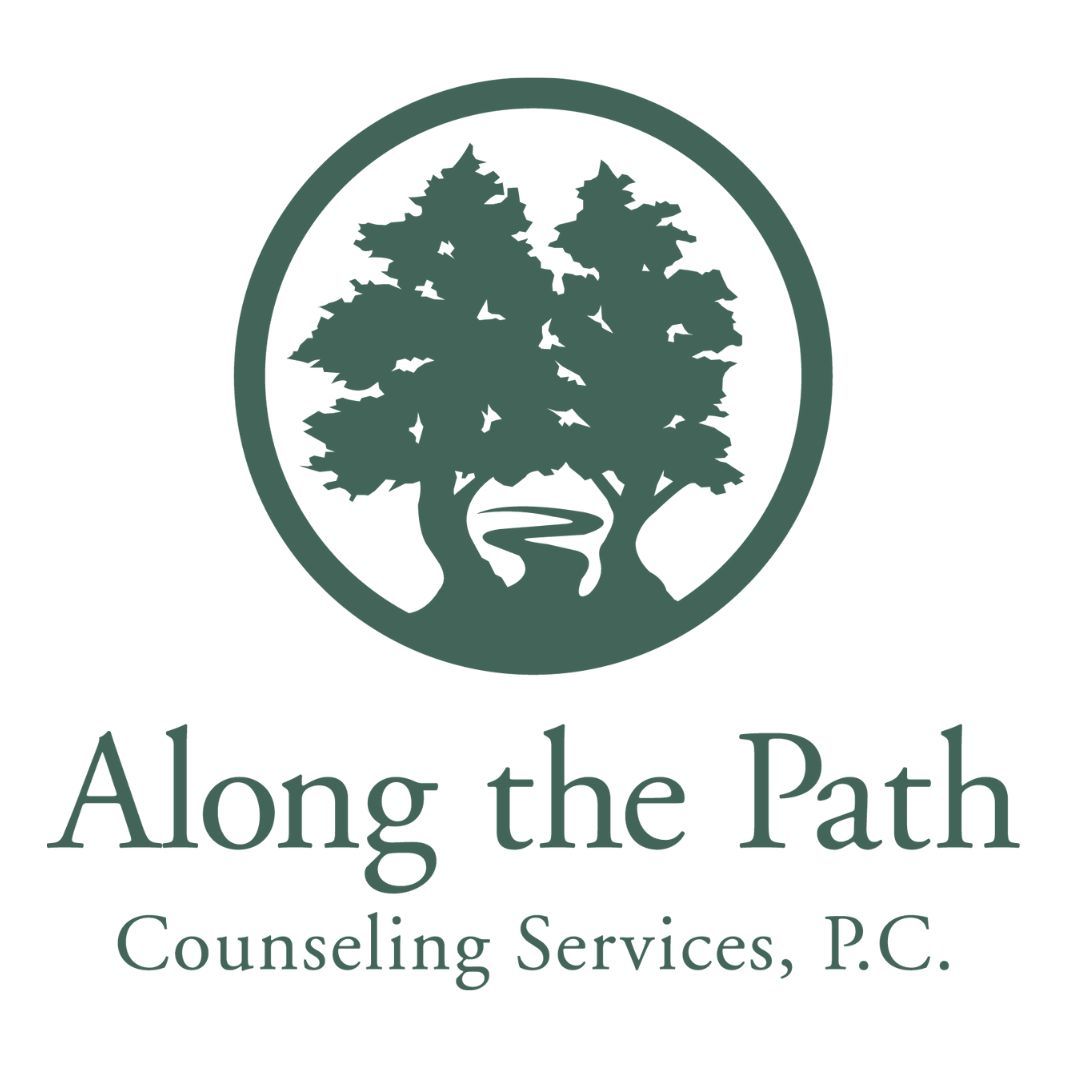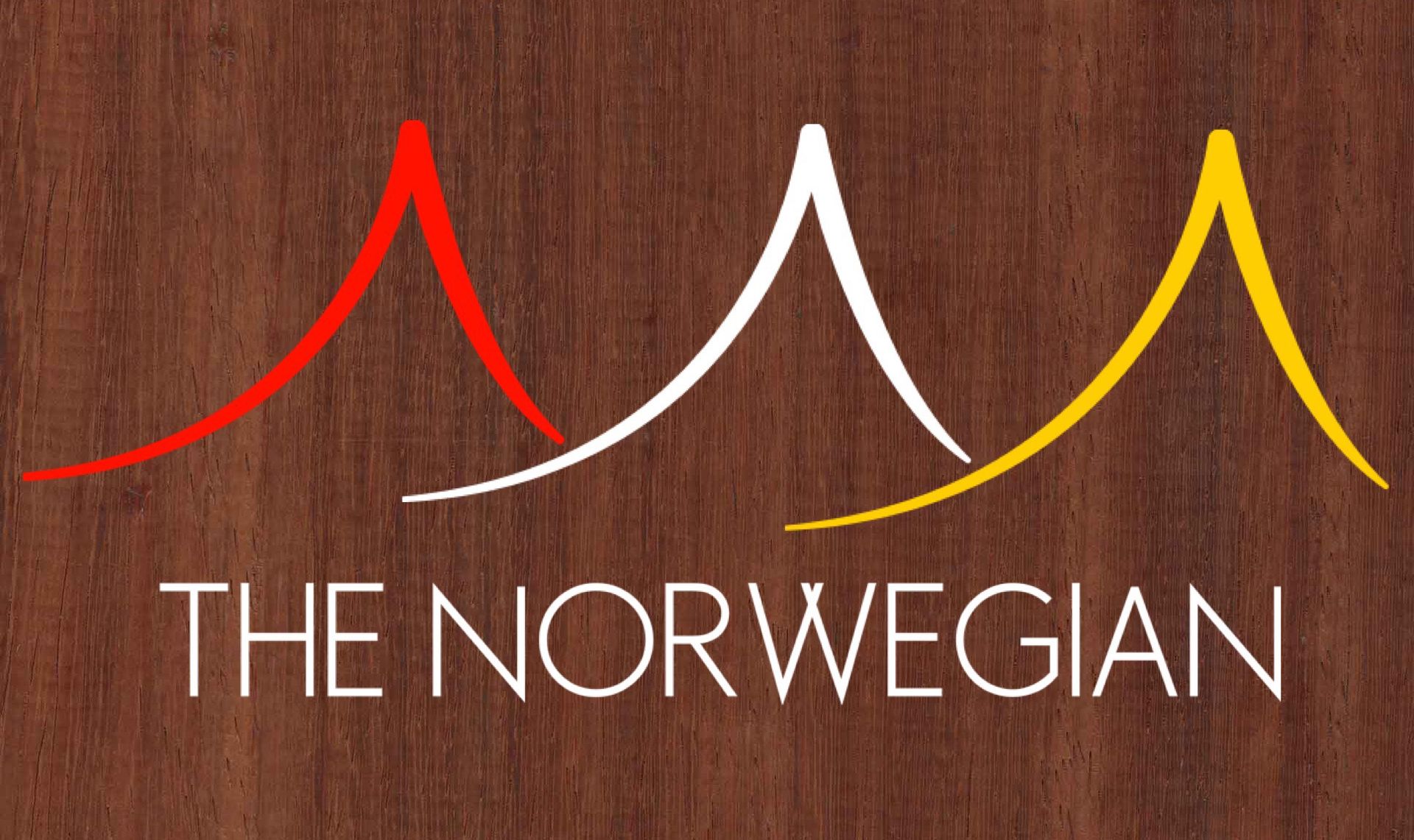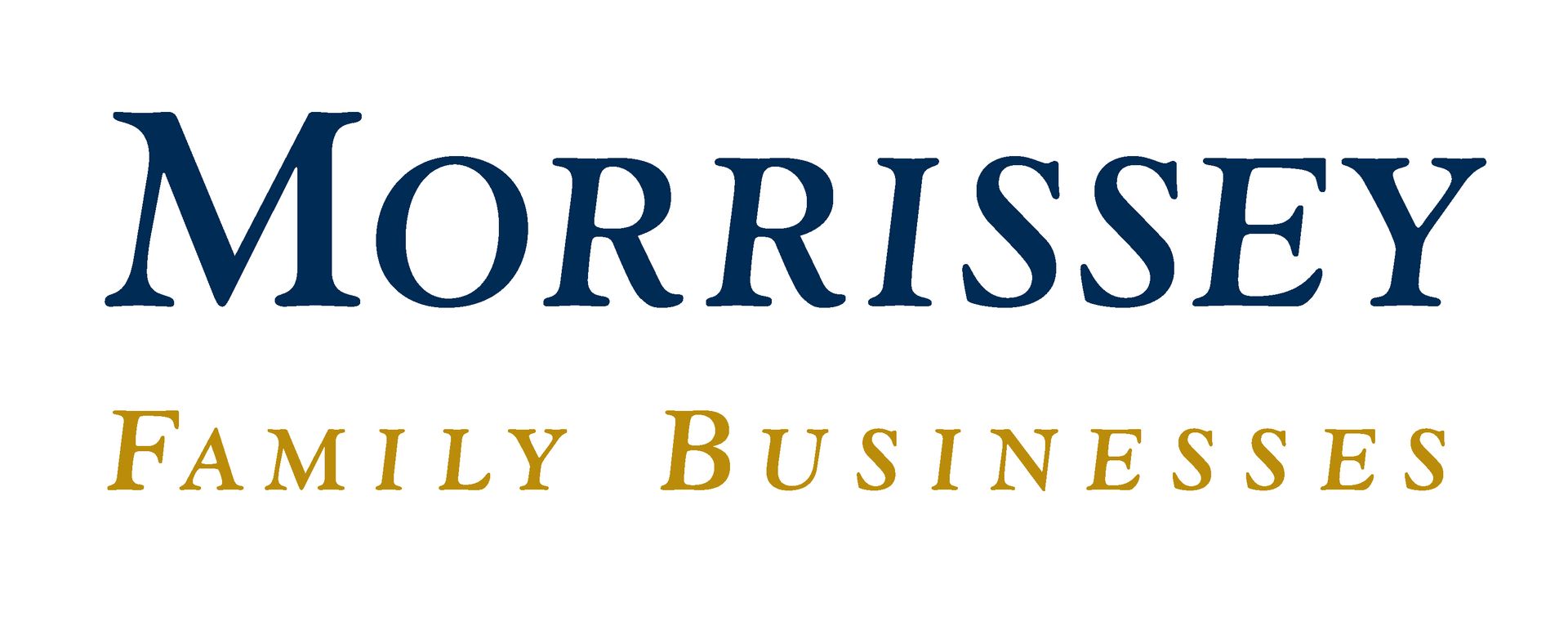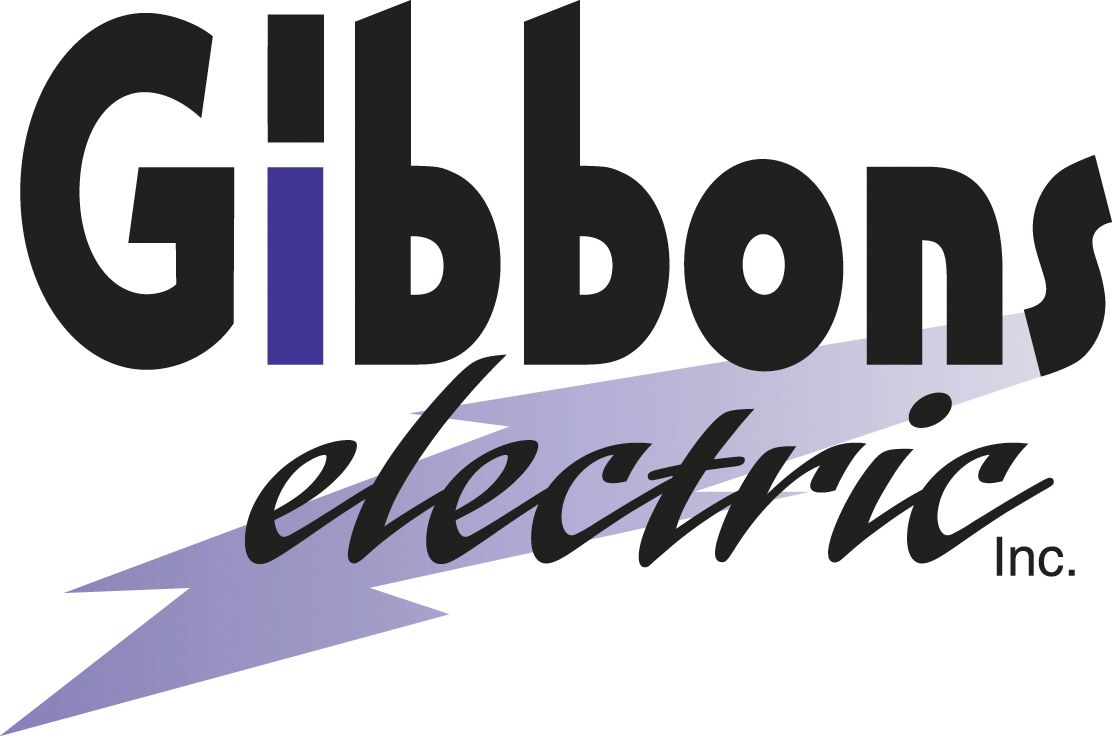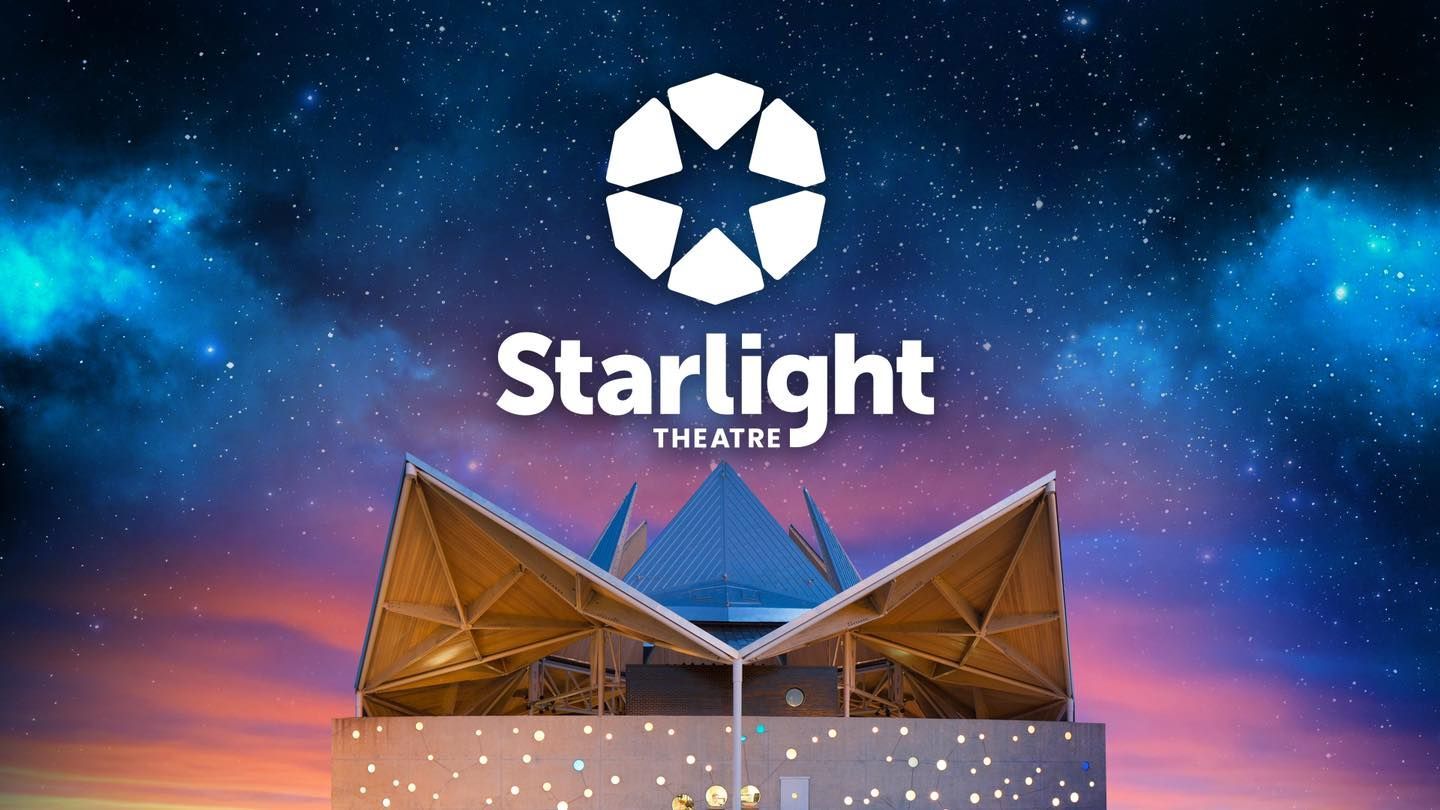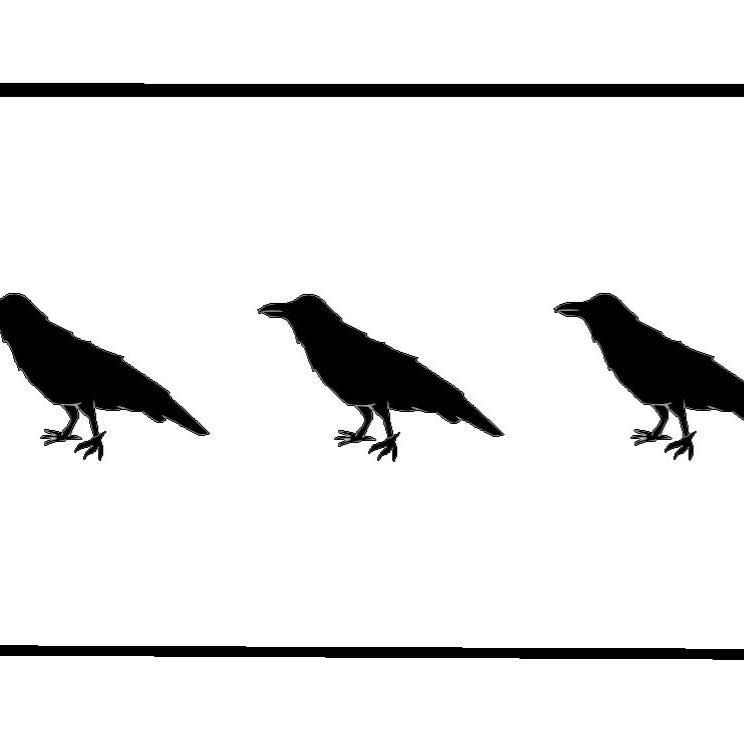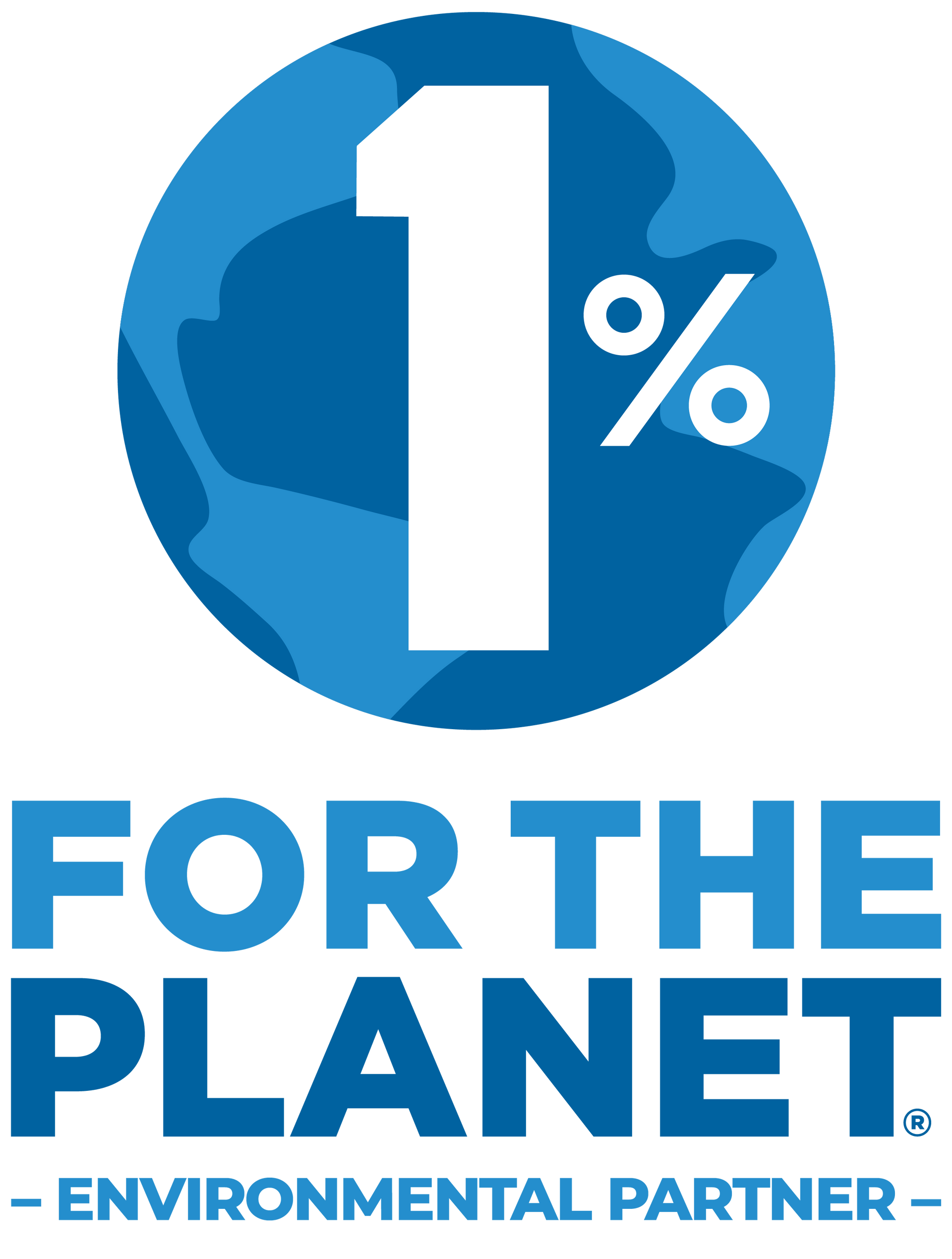FIELD NOTES BLOG
2025 in the Sky: The Full Moons of the Year
The impact that the moon has on life can not be underestimated. Many aspects of life, such as time, tides, and light are all affected by the moon. For many animals the moon is essential to migration and navigation, while for other animals the lunar cycle is used to time reproduction. Organisms, such as corals, synchronize their spawning patterns with the lunar cycle.
Like other forms of life on Earth, the full moon has a profound effect on humans as well. The full moon in particular has been a central symbol for humanity across time. It serves as a natural timekeeper, guiding both past and present peoples in tracking lunar cycles and creating calendars. The full moon’s bright and consistent presence in the night sky distinguishes it from other lunar phases, not only making it an ideal marker of time, but also as a focal point for storytelling and rituals. The full moon has held – and continues to hold – deep symbolic meaning for many groups of people, often embodying themes of transformation, renewal, and connection. In many mythologies and religions, the full moon is linked to deities, fertility, and cycles of life. From the lunar goddesses of ancient Greece and Rome to sacred moon ceremonies of Indigenous cultures, the full moon has inspired awe and reverence across all human kind, both in the past and present.
The names we associate with full moons today often reflect ancient traditions, many originating from Indigenous peoples of North America. These names, which usually describe seasonal changes, were later adopted and adapted by Colonial Americans, blending Indigenous wisdom with European influences. While most widely recognized full moon names are English interpretations of Indigenous names, others derive from Celtic, Anglo-Saxon, medieval English, and Neo-Pagan traditions. There are countless names for each full moon, each with different meanings and interpretations behind every unique name. Together, these names honor the full moon’s enduring significance across time and cultures.
For a significant part of human history, various peoples utilized lunar calendars, thanks to the observable consistency of the lunar cycle as opposed to that of the solar cycle. Many cultures later transitioned to more complex lunisolar calendars that incorporated both lunar and solar cycles. Though many groups of people continue to follow a lunar calendar, the universally accepted calendar is the Gregorian calendar, which is based on the solar year. The solar calendar, however, does not quite align with the lunar cycle. The lunar cycle, lasting about 29.5 days, doesn’t match with the 365.25-day solar year. As a result we don’t experience the same number of full moons every year. Though we often experience 12 full moons in a year, we occasionally experience 13 (often referred to as a “blue moon”). On average, this occurs about every 2 ½ years. The last year this happened was in 2024, and as a result we will experience 12 full moons in 2025.
Unlike the solar-based calendar, many groups of Indigenous peoples in North America utilized a lunar calendar with 13 months, each associated with a full moon and story. These moons are symbolized by the turtle, whose shell has 13 scales—one for each moon. Every group of peoples had a different name for each moon, and some groups of peoples had multiple names for the same moon. Below, we explore just a few names of each full moon, and when we will experience them in the coming year.
Note: The months listed are rough estimates, as “months” are a post-colonial concept.
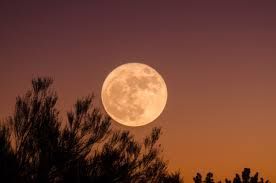
First Moon: January
Occurring January 13, 2025
The first full moon of the year is often referred to as the "Wolf Moon," named after the sound of howling wolves during winter’s quiet nights. This name is thought to have been brought to North America by European settlers. For the Northern Cheyenne people, it’s known as the "Moon of Popping Trees," referencing the sound of frost cracking in the cottonwood trees during mid-winter.
Second Moon: February
Occurring February 12, 2025
The second full moon, typically occurring in February, is commonly known as the "Snow Moon" due to the heavy snowfall occurring around this time. The Potawatomi call it the "Baby Bear Moon," inspired by a story of a lost child who was found being cared for by a mother bear and her cubs during the winter.
Third Moon: March
Occurring March 14, 2025
The third full moon, often occurring in March, is called the "Worm Moon" as earthworms emerge from the soil as the ground warms. It’s also the last full moon of winter. This year, it coincides with a total lunar eclipse. The Anishinabe call it the "Maple Sugar Moon" because it marks the time when maple sap begins to flow.
Fourth Moon: April
Occurring April 13, 2025
The fourth full moon, often occurring in April, marks the start of spring and is known as the "Pink Moon" due to the early-blooming pink phlox flowers. The Cree people refer to it as the "Frog Moon," symbolizing the end of winter’s snow.
Fifth Moon: May
Occurring May 12, 2025
The fifth full moon, often occurring in May, is called the "Flower Moon" because it coincides with the blooming of many flowers in May. The Huron people refer to it as the "Budding Moon," symbolizing spring’s arrival and the budding of flowers and plants alike.
Sixth Moon: June
Occurring June 11, 2025
The sixth full moon, often occurring in June, is known as the "Strawberry Moon" because it occurs during strawberry harvest time. The Seneca people celebrate this moon for the gift of strawberries.
Seventh Moon: July
Occurring July 10, 2025
The seventh full moon, often occurring in July, is called the "Buck Moon," as male deer (bucks) grow their antlers during this time. The Pomo people refer to it as the "Moon When Acorns Appear," celebrating the first acorns of the season.
Eighth Moon: August
Occurring August 9, 2025
The eighth full moon, often occurring in August, is known as the "Sturgeon Moon," named for the large sturgeon fish that are easier to catch during this time. The Menominee people call it the "Moon of Wild Rice," marking the time when wild rice is ready for harvest.
Ninth Moon: September
September 7, 2025
The ninth full moon, closest to the September equinox, is called the "Harvest Moon." The Micmac people refer to it as the "Moose-Calling Moon," as the calls of moose are commonly heard around this time.
Tenth Moon: October
October 7, 2025
The tenth full moon, often occurring in October, is called the "Hunter’s Moon" because it marks the time when animals are fatten up for winter and ready for hunting. It’s also often referred to as the "Blood Moon." The Cherokee refer to it as the "Moon of Falling Leaves," signaling the start of autumn.
Eleventh Moon: November
November 5, 2025
The eleventh full moon, often occurring in November, is called the "Beaver Moon," as it’s the time to set beaver traps before swamps freeze. The Winnebago people call it the "Moon When Deer Drop Their Horns," as deer shed their antlers in preparation for winter.
Twelfth Moon: December
December 4, 2025
The twelfth full moon is known as the "Cold Moon," marking the coldest time of the year. The Lakota Sioux call it the "Moon When Wolves Run Together," as wolf packs are more active during this time.
Thirteenth Moon
Because the lunar calendar doesn't quite align with the solar calendar, every 2 ½ years we experience a 13th moon in the Gregorian calendar year. The next year we will experience 13 moons in 2026, with a blue moon – or 2 full moons occurring in one month – occurring in May. The next thirteenth full moon of the lunar calendar will occur in December of 2026, and is called the "Big Moon" by the Abenaki people.
Sources:
"Thirteen Moons On Turtle's Back" by Joseph Bruchac and Jonathan London
Native American Moon Names: https://www.aianta.org/native-american-moon-names/

RECENT ARTICLES

